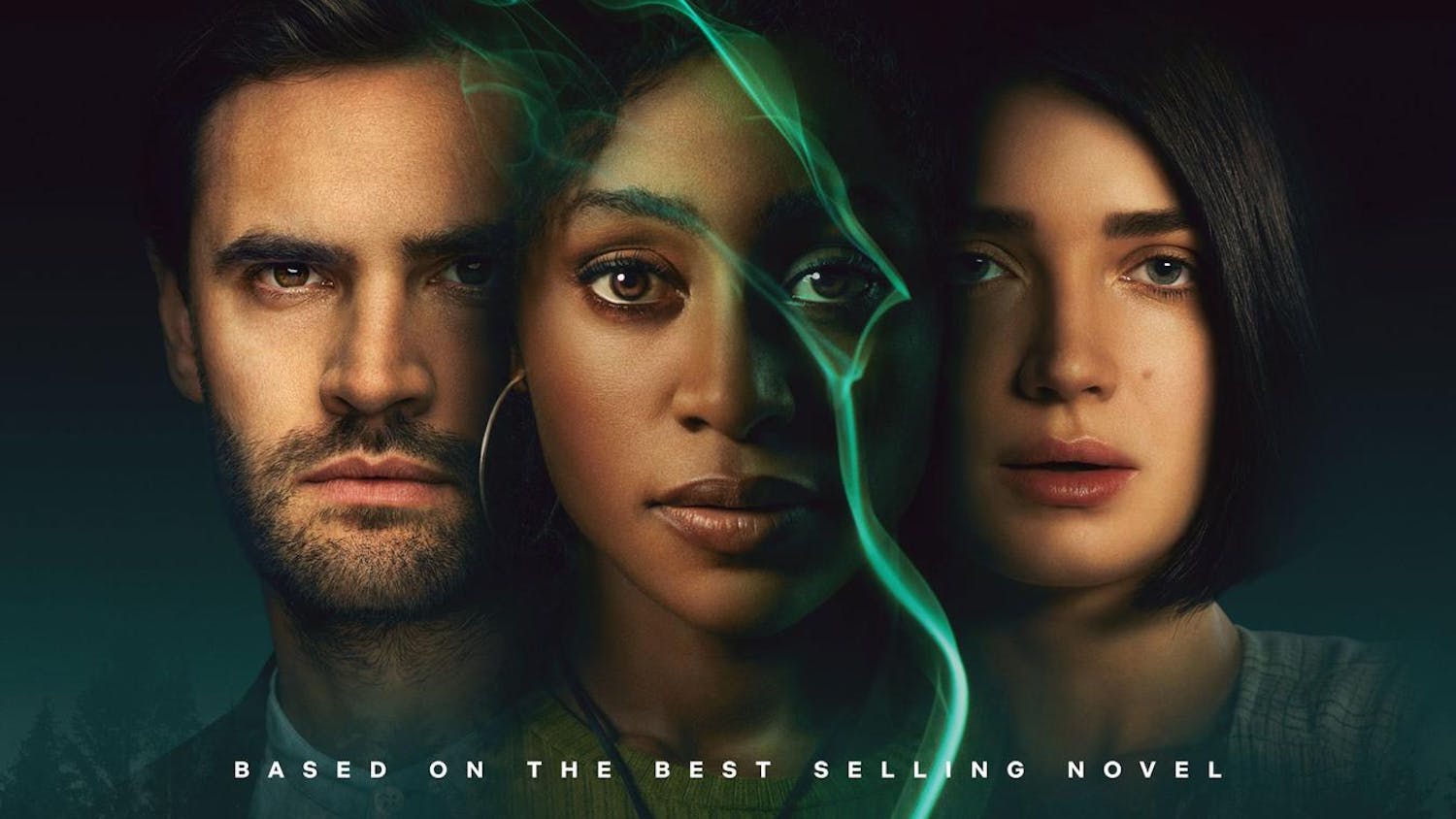There is no film as wholesome, pure or inconceivably bizarre as Disney’s 1976 movie Gus, and the company has been and will forever be chasing the heights at which it peaked with that production. The pinnacle of the Disney franchise is, unquestionably, the greatest film about a Yugoslavian mule coming to America and playing professional football ever made (though, I can’t say it has much competition in that category).
Gus opens on a Yugoslavian soccer match in which our main character Andy Petrovic’s brother, Stjepan, lays waste to his supremely overmatched competition on a soccer pitch. Stjepan’s incredible athletic prowess earns him the admiration and undying love of his parents; Andy (Gary Grimes) is a pathetic loser boy who falls in wells and makes a mockery of his family’s name. But when the owner of the California Atoms — an NFL team worse at playing football than Andy is at being someone worthy of his parents’ attention — learns of the Petrovic’s mule, Gus, he immediately flies the duo out to California.
(Also, and this is largely an unimportant detail, I just want you to know that the mule flies economy class.)
Perhaps through osmosis, or maybe via genetic experimentation, Gus (a mule) has developed a striking ability to kick balls distances of 100 yards or more (but he loses accuracy beyond the century mark, for dramatic effect). Gus’ miracle leg helps turn the Atoms’ season around. Eternal glory and fame are bestowed upon the mule. Sundays are renamed Gus Day. Dick Butkus crushes a professional-grade football helmet with his bare hands. And yet, Andy’s parents still don’t view him as a person worthy of their respect (a truly fascinating C plot).
This movie, while made only 45 years ago, astonishingly does not hold up well at all for modern viewings. Gus makes heavy use of rear projection in screens, a method for filling in backgrounds similar to green screens, but worse. Every single shot that uses rear projection is a grainy, blurry, disgusting mess. Poorly-framed close-ups on Gus yank the audience out of the otherwise terribly inauthentic NFL action and sideline shots are a sad excuse to squeeze as many uses out of the undoubtedly cheaply-made Atoms uniforms before Disney executives burned them, along with any remaining copies of the film.
The apex of this goddamn plateau of a movie is a nine-minute and 43-second scene where the bumbling villains — who were introduced nearly 37 minutes into the film and were established as villains only by the fact that they walked out of a jail and possess vague motives — chase Gus around a supermarket. I cannot fathom why, for any reason, security did not kick them out, or why the police weren’t called or even why the shoppers didn’t complain about a wild farm animal running around the store. I also do not understand why the scene went on for so long. Time-wise, Gus bumbled around a Ralphs for over 10 percent of the entire movie. Could that time have been better spent, I don’t know, establishing the romantic connection between Andy and Debbie (Louise Williams), who really seems more attracted to the mule than the human being in charge of it? Probably.
To be fair, Gus did emote better than Andy did, so I can’t blame Debbie too much.
There’s a post-game shower scene (the unsexy kind) where the owner (Ed Asner) yells at Dick Butkus’s character for being a general dumbass. Cool idea (I guess), but the issues here are 1) the water is running, 2) the boom mic was probably left in someone’s truck during the shoot and 3) showers are inherently echoey. So, I could not make out a single word of what either character was saying for the duration of the scene, but it appeared to me that Asner was pretty angry. Which was probably all I needed to know.
Look, was this movie perfect? In some sense, yes. In some realer, more accurate sense, no, it was not even close. Does the score sound like royalty-free music chosen at random and placed haphazardly throughout the movie at varying volume levels? You bet it does. Does Debbie not only play a snap of professional football but also roast the shit out of Andy during a scene at the airport? Absolutely. Are the full credits shown at the beginning of the movie over a montage of California Atoms mishaps and mistakes, perhaps foreshadowing the rest of the film and subconsciously implying that you should just turn off your TV before you get too invested in the plot? Yes!
Perhaps most importantly, Gus somehow swung an official licensing agreement with the NFL, making the film the greatest football action to grace my television throughout this pandemic. The actual NFL season has gone relatively swimmingly thus far, but truth be told, watching large men slam into each other year after year has almost lost its charm after Gus opened my eyes to the true potential of the sport.
Gus was Air Bud before Air Bud. It was that one scene in Alvin and the Chipmunks: The Squeakquel (you know the one) long before signing rodents were approved by money-hungry film executives with no regard for my parents’ sanity. It even edged out Matilda — not the Danny DeVito one, but the 1978 movie about a boxing kangaroo that was so bad, it only has a one-sentence summary on Wikipedia. All of this is to say, Gus is truly the progenitor of Animals Playing Human Sports films, and I am forever grateful to everyone involved in its production for spawning such an illustrious and expansive genre.
I wish I could write five thousand words about Gus, but I would be surprised if my editors even published this abridged version of my thoughts. Long story short, this movie is everything you’d expect from a 1976 Disney film that made nearly $22 million at the box office. It’s poorly paced, oddly written yet uniquely charming. I can find nothing online stating whether or not the mule was harmed during the making of the film, and similarly, there is no statement in the credits absolving Disney of animal cruelty, but perhaps we should give them the benefit of the doubt. Gus makes us feel so happy and safe; I’m sure the crew made him feel the same.
Jeremy Markus is a senior in the College of Agriculture and Life Sciences. He currently serves as a senior editor on The Sun's board. He can be reached at jmarkus@cornellsun.com.

Disney's 'Gus' Is Quite Certainly the Greatest Film Ever Made
Reading time: about 7 minutes
Read More










